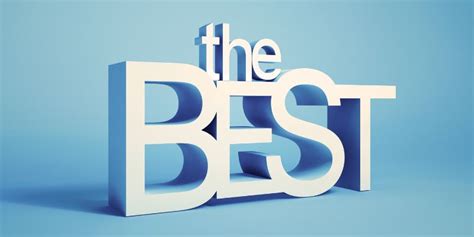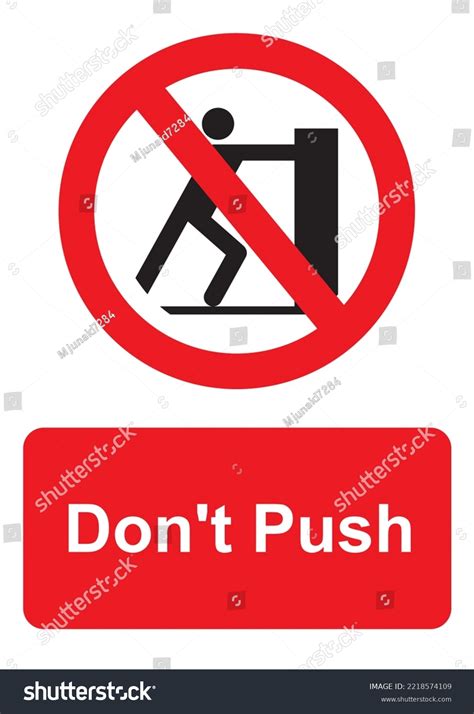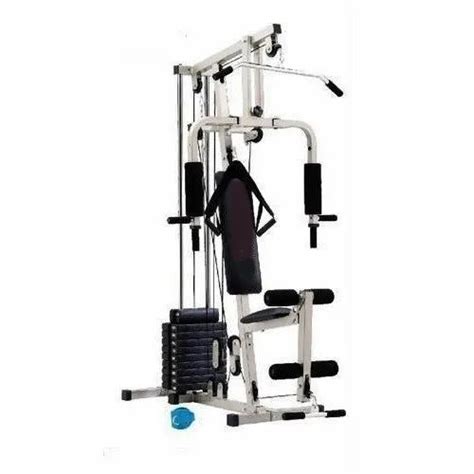What gear best optimizes HRV tracking for peak physical & mental performance?

Unlocking Peak Performance with Heart Rate Variability (HRV) Tracking
Heart Rate Variability (HRV) has emerged as a crucial biomarker for assessing autonomic nervous system activity, offering profound insights into an individual’s stress levels, recovery status, and overall readiness for physical and mental challenges. For athletes, busy professionals, and anyone striving for optimal well-being, accurate HRV tracking is a game-changer. But with a myriad of devices on the market, choosing the best gear to optimize your HRV insights can be daunting. This guide explores the top contenders, focusing on accuracy, practicality, and the actionable data they provide.
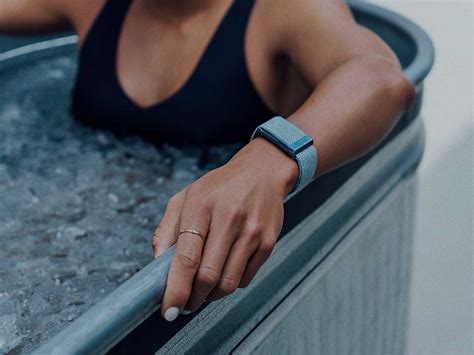
The Gold Standard: Chest Straps for Unparalleled Accuracy
When it comes to raw data accuracy, traditional chest strap heart rate monitors remain the undisputed champions. These devices typically use electrocardiography (ECG) technology to detect each heartbeat, providing precise R-R interval data – the exact time between consecutive heartbeats – which is fundamental for accurate HRV calculation. Brands like Polar H10, Garmin HRM-Pro, and Wahoo TICKR are frequently cited for their reliability.
Pros:
- Superior Accuracy: ECG-based measurement provides the most precise R-R interval data, crucial for reliable HRV.
- Real-time Data: Ideal for specific morning readings or guided breathing exercises.
- Affordability: Often more cost-effective than smart rings or watches for just HRV.
Cons:
- Comfort: Can be less comfortable for continuous wear, especially during sleep.
- Limited Passive Tracking: Typically requires active wear for specific measurements rather than continuous passive monitoring.
For those prioritizing the absolute most accurate daily HRV snapshot, especially during a consistent morning routine, a quality chest strap is an invaluable tool.
Convenience Meets Data: Smart Rings and Advanced Wrist Wearables
While chest straps excel in accuracy, smart rings and advanced wrist wearables have revolutionized passive and continuous HRV tracking. These devices leverage photoplethysmography (PPG) sensors to measure heart rate and derive HRV, offering a blend of convenience and comprehensive data.
Smart Rings (e.g., Oura Ring, Ultrahuman Ring)
Smart rings are designed for continuous, unobtrusive wear, making them excellent for capturing sleep-based HRV, which is often considered the most stable and reliable measurement of baseline autonomic function.
Pros:
- Passive Continuous Tracking: Collects data 24/7, particularly effective during sleep.
- Comfort and Discretion: Minimal interference with daily activities.
- Holistic Insights: Often integrates HRV with sleep stages, body temperature, and activity for comprehensive recovery scores.
Cons:
- Cost: Higher initial investment and sometimes subscription-based models.
- Accuracy: While significantly improved, PPG can still be marginally less accurate than ECG, especially during movement.
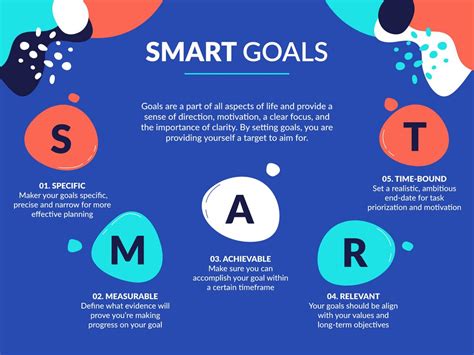
Advanced GPS Watches (e.g., Garmin, COROS, WHOOP, Apple Watch with third-party apps)
Many high-end GPS sports watches and dedicated fitness trackers now offer robust HRV tracking. Devices like newer Garmin Fenix/Forerunner models, COROS, and the WHOOP strap provide detailed overnight HRV data, often integrated into recovery metrics and training load recommendations. The Apple Watch, while having excellent optical sensors, benefits greatly from third-party apps like HRV4Training or Athlytic to provide more actionable HRV insights.
Pros:
- Multi-functional: Combines HRV tracking with GPS, activity tracking, notifications, and other smart features.
- Comprehensive Ecosystem: Often integrates with robust training platforms.
- Good for Active Lifestyles: Provides insights into how training impacts recovery.
Cons:
- Variable Accuracy: Optical sensor quality varies significantly between brands and models, and wrist-based PPG can be affected by movement.
- Bulkiness: Some watches can be less comfortable for sleep tracking compared to rings.
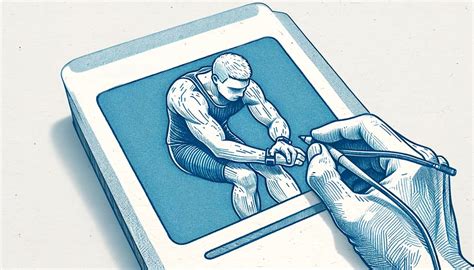
Emerging Technologies and Specialized Devices
Beyond the mainstream, specialized devices offer unique approaches to HRV tracking:
- HRV Patches/Electrodes: Devices like the Biostrap EVO provide medical-grade HRV accuracy through a chest patch, focusing purely on biometric data without the distractions of a watch.
- Dedicated Biofeedback Devices: Tools like the Inner Balance Trainer (HeartMath) use earlobe sensors or finger sensors to guide real-time HRV biofeedback, excellent for training mental resilience and stress management.

The Critical Role of Software and Data Interpretation
Even the best hardware is only as good as the software that interprets its data. A crucial component of optimizing HRV tracking is the accompanying app or platform. Look for:
- Clear Visualizations: Easy-to-understand graphs and trends.
- Actionable Insights: Personalized recommendations based on your HRV, sleep, and activity.
- Contextualization: Helps you understand why your HRV is changing (e.g., relating it to illness, training load, stress).
- Integration: Compatibility with other fitness apps and platforms (e.g., TrainingPeaks, Strava).
Apps like HRV4Training, Elite HRV, and the native apps of Oura, WHOOP, and Garmin Connect excel at translating raw HRV data into meaningful guidance for adjusting training, managing stress, and prioritizing recovery.
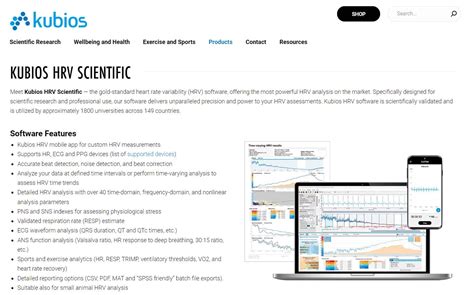
Choosing Your Optimal HRV Tracking Gear
The ‘best’ gear depends on your specific needs and priorities:
- For Absolute Accuracy & Spot Checks: A high-quality chest strap (e.g., Polar H10).
- For Continuous, Passive & Holistic Tracking (especially sleep): A smart ring (e.g., Oura Ring) or a dedicated advanced wearable (e.g., WHOOP).
- For Multi-functional Use & Training Integration: An advanced GPS sports watch (e.g., Garmin, COROS) with robust HRV features, potentially supplemented by a third-party app.
- For Targeted Stress Reduction & Biofeedback Training: A specialized device like the HeartMath Inner Balance Trainer.
Ultimately, the goal is to choose a device you’ll use consistently and a platform that helps you understand and act on your HRV data. By aligning your gear choice with your lifestyle and performance goals, you can unlock the full potential of HRV tracking to achieve peak physical and mental performance.


